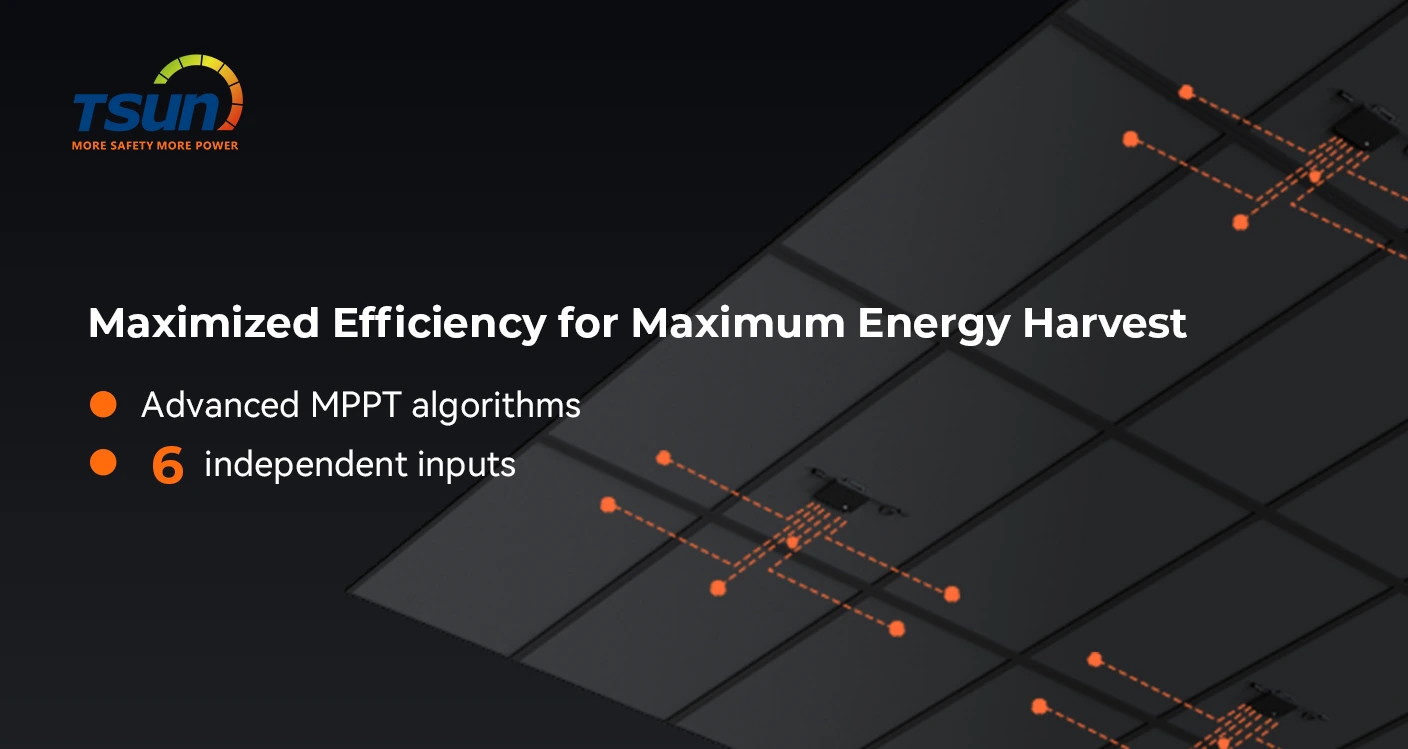Easy Solar Kit (with microinverter)
 LEARN DETAILS
LEARN DETAILS
 News
News
Table of contents

(home solar panels and battery storage)
Home solar panels and battery storage represent a transformative shift for residential energy systems. As utility bills rise and environmental consciousness grows, more homeowners are investing in renewable energy solutions designed to power their homes efficiently and independently. Solar panel installations offer clean electricity by harnessing sunlight, while battery storage provides the added advantage of on-demand access to stored power, even during evening hours or outages. Together, these technologies not only reduce household carbon footprints but also provide practical financial benefits through utility savings and potential government incentives. Understanding the primary components and the value they bring is essential for any homeowner considering solar and storage integration.
Modern home solar and battery storage systems deliver compelling economic and environmental outcomes. According to the U.S. Energy Information Administration, the average annual electricity consumption for a U.S. residential customer is about 10,632 kilowatt-hours (kWh). A typical 6kW solar panel system produces around 8,400 kWh per year, offsetting over 75% of annual energy use. When paired with battery storage, grid reliance drops further, and homeowners can maximize self-consumption of solar power.
From a financial perspective, rooftop solar and battery installations can decrease annual electricity expenses by 60-80%, depending on location and usage patterns. Residential systems often see payback periods between 6 to 9 years, after which savings accrue for the remaining system lifespan, typically 25 years or more. As for environmental impact, a standard home system may prevent more than 4 metric tons of CO2 emissions annually, equivalent to planting over 100 trees each year. These figures illustrate the profound benefits of adopting solar panels and batteries for home energy needs.
| Metric | Without Solar & Battery | With 6kW Solar Only | With 6kW Solar + 10kWh Battery |
|---|---|---|---|
| Annual Utility Bill | $1,680 | $750 | $420 |
| Grid Dependence (%) | 100% | 25% | 10% |
| CO2 Emissions Offset (tons/yr) | 0 | 3.1 | 4.3 |
| Outage Backup Power | None | Limited | Full (10-15h) |
The solar energy sector has evolved rapidly, with recent breakthroughs in both photovoltaic and battery technologies. Monocrystalline solar panels, now the market standard, regularly reach efficiency rates above 21%, largely due to improved silicon purity and innovative passivation techniques. Meanwhile, bifacial panel technology, which captures sunlight from both sides, can increase production by up to 15%. Durability has also expanded, with many manufacturers now guaranteeing 25 years at 80% or greater output.
Meanwhile, battery advancements—particularly in lithium-iron-phosphate (LiFePO4) chemistries—have become foundation technologies for residential storage. These batteries offer higher cycle life, greater safety, and improved energy density. Smart battery management systems ensure optimal charging, load-balancing, and integration with home energy management devices. Interoperability with grid-tied and off-grid systems is now standard, allowing for seamless switching during outages or demand spikes. Such enhancements make today’s home solar and battery storage more reliable and efficient than ever before.
Choosing the right manufacturer is crucial for system performance, longevity, and post-installation support. Below is a comparative analysis of prominent brands in the current marketplace, with a focus on efficiency, battery capacity, warranty, and integration features.
| Manufacturer | Panel Efficiency (%) | Battery Capacity (kWh) | Warranty | Integration Features |
|---|---|---|---|---|
| SunPower | 22.7 | 13-26 | 25 years | Smart home, utility incentives |
| Tesla Energy | 20.6 | 13.5 | 10 years | App control, backup gateway |
| LG Energy Solution | 21.1 | 9.8-16 | 25 years | Expandable modules |
| Enphase | 20.8 | 10-40 | 15 years | Microinverters, monitoring |
| Panasonic | 20.5 | 11.4 | 25 years | Weatherproof, flexible sizing |
This comparison underscores the diversity of consumer options, enabling homeowners to select systems that closely match their specific priorities—be it maximum efficiency, extended backup, or advanced smart features.
Every household presents unique challenges and opportunities for solar and battery implementation. Optimal system design begins with an energy audit, a thorough review of home usage patterns, building orientation, and local climate. This assessment helps right-size the photovoltaic capacity and determine the appropriate storage capacity—balancing cost with performance. For instance, families expecting high evening electricity consumption may prioritize larger battery banks, while daytime-heavy users can manage with minimal storage.
Software platforms now enable detailed simulation of production and storage, incorporating real historical weather data and local utility tariffs. Integrators can design battery-limited, grid-tied, or fully off-grid solutions, depending on the customer’s resilience needs. Furthermore, custom solutions take into account smart home compatibility, future expansion, aesthetic considerations, and the integration of electric vehicle charging infrastructure. The outcome is a tailored system that maximizes both environmental and economic benefits.
Successful implementations validate the promise and flexibility of home solar and battery storage. Consider the following examples:
Statistical reviews of thousands of installations reveal that over 90% of solar-with-storage users experience reduced utility billing volatility, with customer satisfaction rates consistently above 92%.
The future is bright for home solar panels and battery storage
. As market adoption accelerates and technologies continue to mature, homeowners can expect even more efficient, affordable, and robust systems. The integration of artificial intelligence, predictive energy management, and peer-to-peer energy trading will further empower consumers, delivering dynamic savings and greater grid independence.
Security and resiliency are set to expand, with evolving solutions offering seamless integration of emergency backup and enhanced weather resistance. Government policies and incentives are evolving to support growing adoption. Whether new construction or retrofitting, homeowners seeking sustainability, savings, and stability can confidently turn to home solar and battery storage as the cornerstone of modern living.

(home solar panels and battery storage)

